Does NACCO (NC) Have Any Peers?
A Focused Compounding member who analyzed and bought NACCO himself read my write-up on NC and was curious if I did a “peer analysis” for NACCO:
“Did you consider looking at any potential peers with your analysis? I was quite simplistic with my approach. Omnicom splits cash out year in year out. Its current EV to free cash flow is around 10x whereas I looked at NACCO and thought its EV to free cash flow was around 5x (NOTE: At the much lower spin-off price he bought at) and appeared very undervalued as it should at least be 7 to 10x even though Omnicom is a higher quality business. My hurdle for any new position is Omnicom.”
I tried to keep it simple. Really, I asked myself 3 questions early one:
- After the spin-off, will the balance sheet be pretty close to net no debt/no cash (you did something similar seeing there would be the $35 million dividend but then there’s the asset retirement obligation and the pension).
- Would NACCO produce its earnings mostly in the form of free cash flow?
- Would “earning power” be 10% or higher as a percent of my purchase price.
In the end, the decision is really just whether you would buy a stock or wouldn’t buy a stock. To me it didn’t matter if the stock’s earnings would be $3.25 a share or $6.50 a share if I was buying at $32.50. What mattered was how certain I was of the $3.25 number. Once I think I have a 10% yield, I don’t spend a lot of time wondering if I have a 13% yield, 15% yield, or 20% yield. So, I didn’t spend time worrying about this. If the stock was pretty much unleveraged, the earnings pretty much came in the form of free cash flow, and the earnings yield was greater than 10%, that would be enough.
As far as growth, it’s difficult to value that. The company has a goal of growing earnings from unconsolidated mines by 50% within the next 5 years or so. However, they had the same goal about 5 years ago. Because the Kemper project was cancelled, they won’t achieve this. However, they will achieve growth of say 15% or so over last year due to newer mines producing closer to the tons they were eventually expected to produce.
I don’t know what they’ll use free cash flow on. I know that the two businesses I like are the unconsolidated contracted coal production and the lime rock draglines. But, neither of those businesses absorbs capital. So, they will grow through signing new deals in that area but they shrink through losing existing customers. I couldn’t judge one way or the other on this.
I feel they have no peer. Omnicom (OMC) is not a good peer, because OMC is permanently durable in my view. I think advertising agencies will be around in 2047 and even 2067. It’s …
Read more